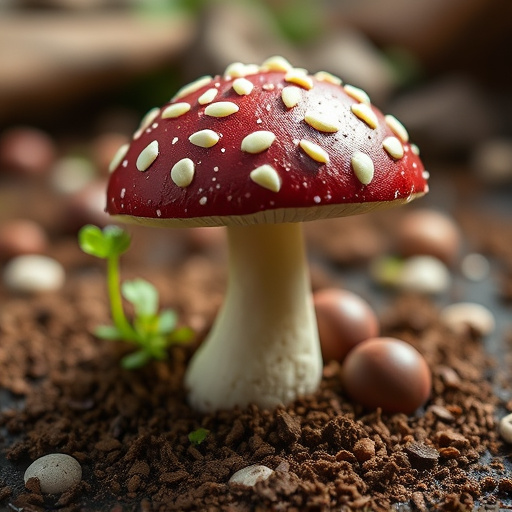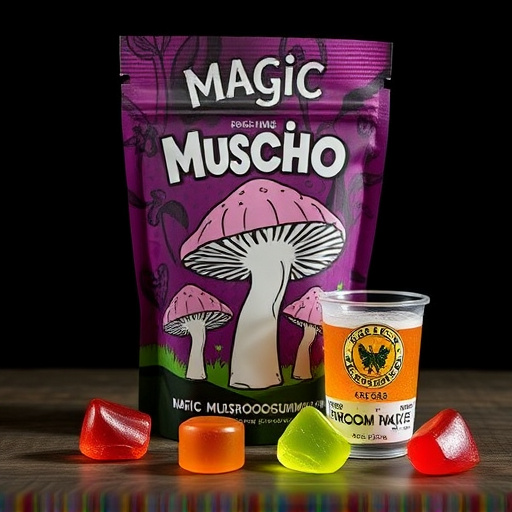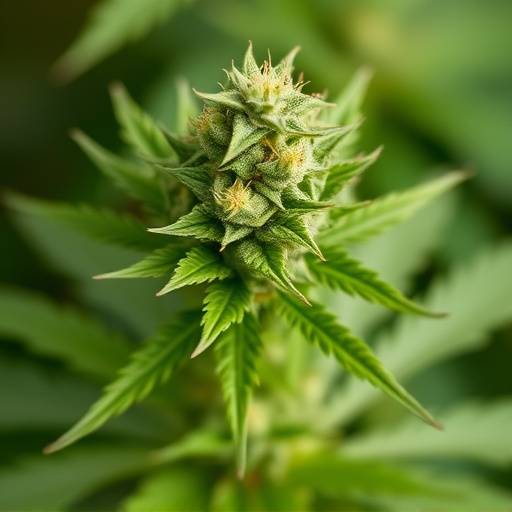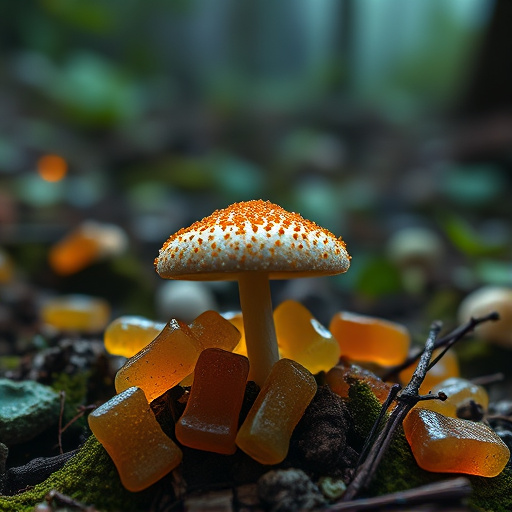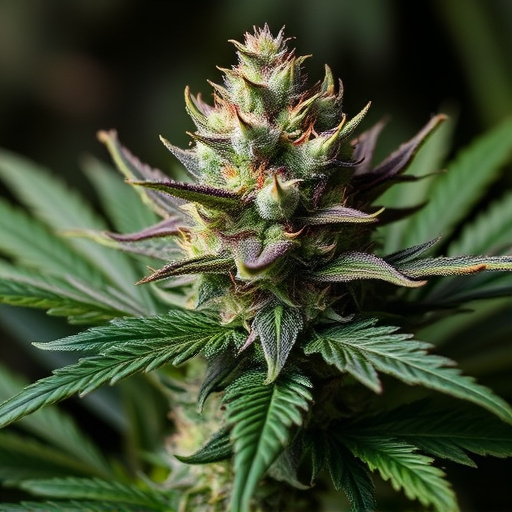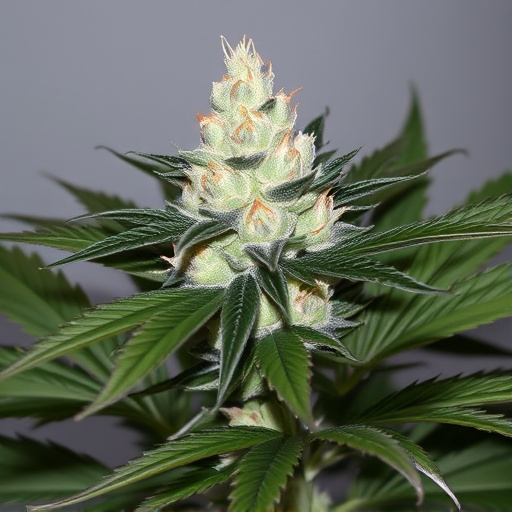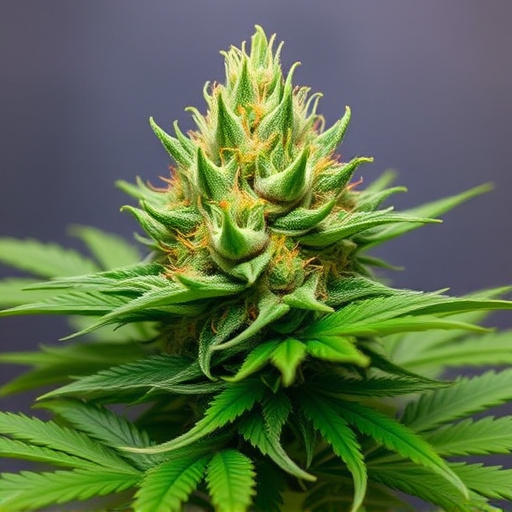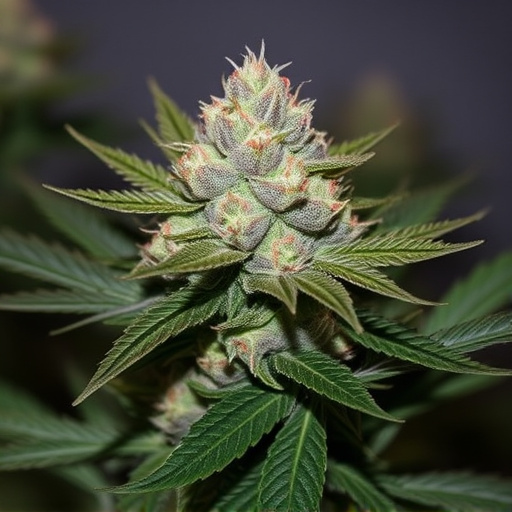The metabolism and elimination of cannabis are highly individual processes, influenced by biochemistry, consumption history, and strain characteristics, especially in anticipation of the top cannabis strains for 2025. THC and CBD have distinct half-lives, with THC detectable for longer periods due to its slower metabolism. Consumption methods significantly impact detection times, with smoking/vaping resulting in immediate detection, while edibles take longer. Individual factors like age, BMI, health, and tolerance also play a role, extending detection windows. The expected top cannabis strains of 2025 offer diverse therapeutic benefits and cannabinoid profiles, catering to user preferences while considering detectability concerns.
Cannabis users often wonder how long its effects linger. Understanding how cannabis is metabolized and eliminated from the body is key to answering this question. This article explores cannabis metabolism, factors affecting detection time, and even highlights the top cannabis strains of 2025 and their potential impact on testing windows. By delving into these aspects, we aim to provide a comprehensive guide to help users navigate the complexities of cannabis’s stay in the system.
- Understanding Cannabis Metabolism and Elimination
- Factors Affecting Cannabinoid Detection Time
- Top Cannabis Strains in 2025 and Their Potential Effects on Detection Window
Understanding Cannabis Metabolism and Elimination
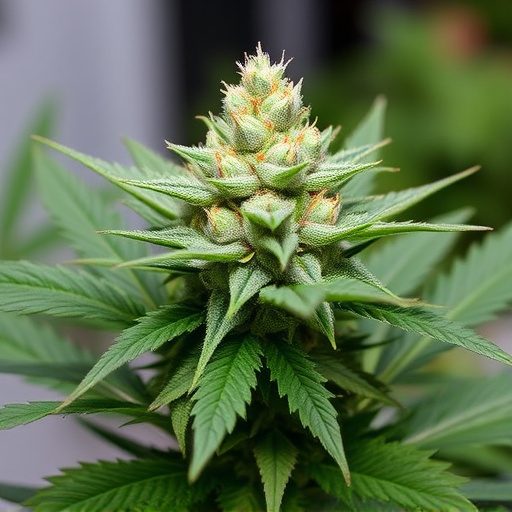
Cannabis metabolism and elimination are complex processes influenced by various factors, including individual biochemistry, recent consumption history, and even the specific characteristics of the top cannabis strains 2025 available today. The primary active compounds in cannabis, THC (tetrahydrocannabinol) and CBD (cannabidiol), are metabolized and eliminated from the body at different rates. THC, known for its psychoactive effects, has a relatively long half-life, averaging around 30 hours, which means it can remain detectable in the system for several days or even weeks after consumption, depending on frequency of use and metabolism. In contrast, CBD, often sought after for its potential therapeutic benefits, is metabolized more quickly, with a shorter half-life, typically ranging from 15 to 40 hours.
Understanding how these compounds are broken down and excreted is crucial when considering the duration cannabis remains in your system. The liver plays a key role in metabolizing THC into various compounds, some of which can be more potent than the original molecule. This metabolism often results in the detection of different cannabinoids, like 11-OH-THC, in drug tests, especially for recent users. Additionally, factors such as body weight, fat percentage, and overall health can significantly impact cannabis elimination rates, underscoring the unique nature of each individual’s cannabis experience.
Factors Affecting Cannabinoid Detection Time
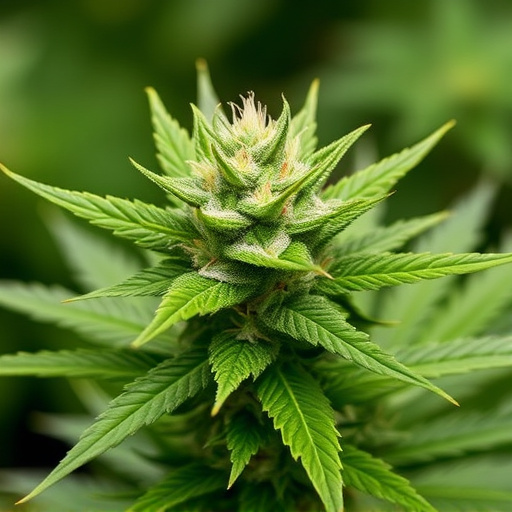
The detection time of cannabinoids in your system can vary greatly depending on several factors, even with advancements in science and the evolving cannabis landscape, particularly with the top cannabis strains 2025. One significant factor is the method of consumption. Smoking or vaping cannabis allows for faster absorption as these methods bypass the digestive system, leading to detectable levels within minutes. In contrast, eating cannabis-infused edibles takes longer, often resulting in a peak effect after 1-3 hours, and cannabinoids can remain in the system for up to 30 hours or more.
Another critical variable is individual metabolism. Everyone metabolizes cannabinoids differently based on factors like age, body mass index (BMI), and overall health. Generally, younger individuals with higher BMI might eliminate cannabinoids faster than older adults with lower BMI. Additionally, regular cannabis users may develop a tolerance, which can extend the detection window as their bodies become less sensitive to the compounds over time.
Top Cannabis Strains in 2025 and Their Potential Effects on Detection Window
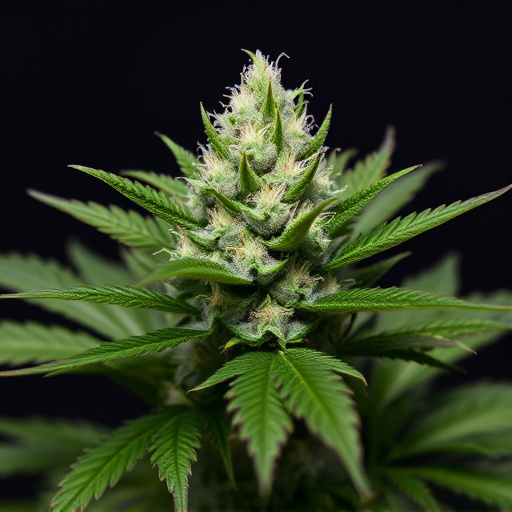
In 2025, several new and popular cannabis strains are expected to dominate the market, each with its unique profile of cannabinoids and terpenes that can influence how long it remains detectable in a user’s system. One prominent strain gaining traction is Blue Dream, renowned for its balanced mix of THC and CBD, offering potential therapeutic benefits without overwhelming effects. This strain may still show up in drug tests after regular use due to its potent THC content, but its relatively short detection window compared to pure indica strains could make it a preferred choice for those concerned about clarity while retaining a relaxed state.
Another top cannabis strain in 2025 is Banana Kush, known for its sweet citrus aroma and uplifting effects. While the exact detection period can vary based on usage frequency and tolerance, Banana Kush’s dominant THC levels mean that regular or heavy users might face longer detection times, even when employing methods to clear cannabinoids from their system. Conversely, lighter users could experience shorter windows of detectability due to the strain’s relatively lower concentration of residual compounds compared to more potent varieties.
Understanding how long cannabis remains detectable is crucial, especially as its legality evolves. Various factors influence the elimination of cannabinoids from your system, and specific strains may have differing detection windows. By understanding metabolism and the impact of different strains, like those predicted to be top cannabis strains in 2025, individuals can make informed choices regarding usage and timing for optimal privacy. Regular testing and knowledge of these variables are key to navigating the current and future landscape of cannabis consumption.

